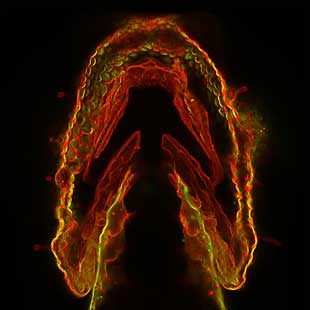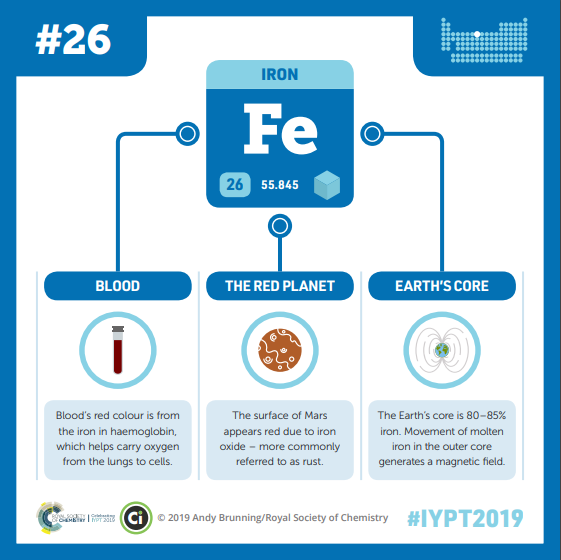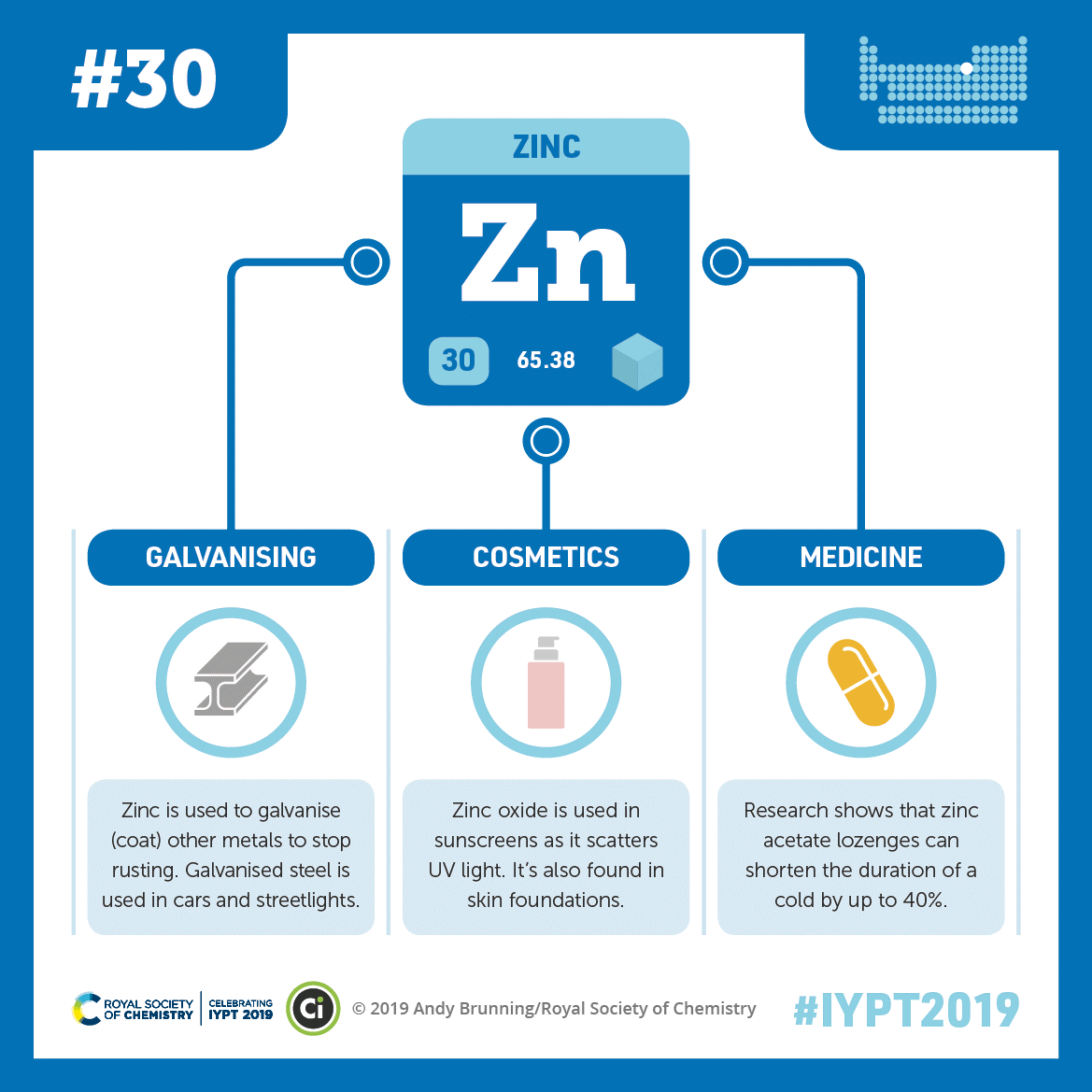 Dr. Akhila Rajan. Credit: Fred Hutchinson Cancer Research Center.
Dr. Akhila Rajan. Credit: Fred Hutchinson Cancer Research Center.
“What makes being a scientist exciting is that I don’t know what I’m going to find tomorrow,” says Akhila Rajan, Ph.D., an assistant professor in the basic sciences division at Fred Hutchinson Cancer Research Center in Seattle, Washington. Dr. Rajan is supported by an NIGMS early stage investigator Maximizing Investigators’ Research Award. These awards provide stable and flexible funding for a program of research that falls within NIGMS’ mission. Check out the highlights of our interview with Dr. Rajan to learn about her research and journey as a scientist.
Continue reading “Career Conversations: Q&A With Biologist Akhila Rajan”

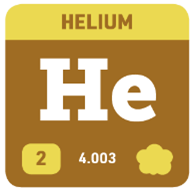 Credit: Adapted from Compound Interest.
Credit: Adapted from Compound Interest. 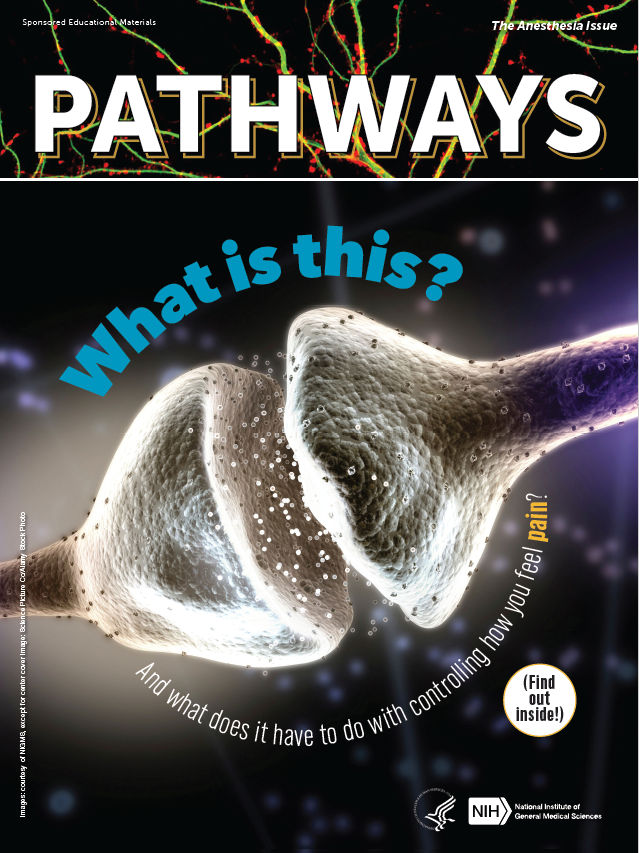 Cover of Pathways student magazine.
Cover of Pathways student magazine.
